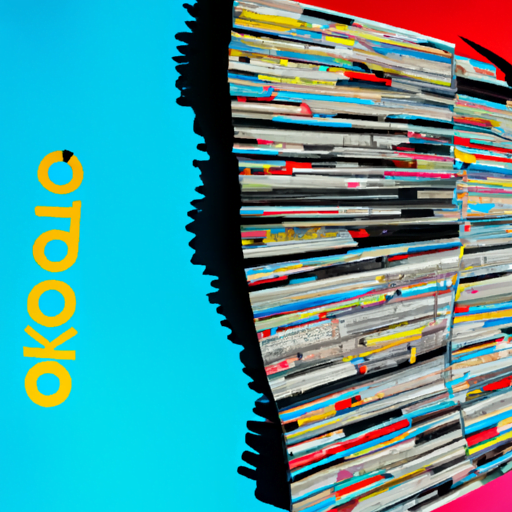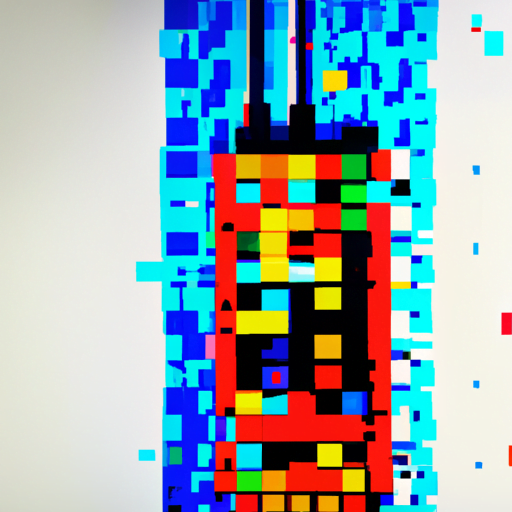
-
Table of Contents
Exploring Art Brut Aesthetics in Modern Design

Art Brut, also known as Outsider Art, is a term coined by French artist Jean Dubuffet in the 1940s to describe art created by individuals outside the boundaries of traditional art education and cultural norms. It encompasses a wide range of artistic expressions, including drawings, paintings, sculptures, and installations. Art Brut aesthetics have had a profound impact on modern design, influencing various fields such as graphic design, fashion, and interior design. In this article, we will delve into the world of Art Brut aesthetics and explore how they have shaped and continue to shape modern design.
The Origins of Art Brut
Art Brut emerged as a reaction against the established art world, which often dismissed the work of self-taught artists, prisoners, psychiatric patients, and other marginalized individuals. Jean Dubuffet believed that these artists possessed a raw, unfiltered creativity that was free from the constraints of cultural and artistic conventions. He sought to celebrate their unique perspectives and challenge the notion of what constituted “art.”
Art Brut artists often create their work using unconventional materials and techniques. They are driven by personal experiences, emotions, and a desire for self-expression. Their art is characterized by its rawness, spontaneity, and lack of formal training. It often features bold colors, abstract forms, and a sense of immediacy.
The Influence of Art Brut Aesthetics in Graphic Design
Art Brut aesthetics have had a significant impact on graphic design, particularly in the realm of poster design. Designers have drawn inspiration from the raw energy and expressive qualities of Art Brut art to create visually striking and emotionally engaging posters.
One notable example is the work of Swiss graphic designer Josef Müller-Brockmann. His posters for music festivals and cultural events often feature bold, abstract shapes and vibrant colors, reminiscent of Art Brut art. Müller-Brockmann’s designs capture the essence of the event and evoke a sense of excitement and anticipation.
Another influential figure in the world of graphic design is Milton Glaser, known for his iconic “I ❤ NY” logo. Glaser’s work often incorporates elements of Art Brut aesthetics, such as hand-drawn illustrations and unconventional typography. His designs have a raw, unpolished quality that resonates with viewers on a deeper level.
Art Brut Aesthetics in Fashion
The influence of Art Brut aesthetics extends beyond graphic design and into the world of fashion. Designers have embraced the raw, unrefined qualities of Art Brut art to create unique and unconventional clothing collections.
One designer who has incorporated Art Brut aesthetics into her work is Rei Kawakubo, the founder of the avant-garde fashion label Comme des Garçons. Kawakubo’s collections often feature asymmetrical silhouettes, bold colors, and unconventional materials. Her designs challenge traditional notions of beauty and blur the boundaries between art and fashion.
Another example is the work of Belgian fashion designer Martin Margiela. Margiela’s designs often incorporate deconstructed elements, unfinished seams, and recycled materials. His collections have a raw, DIY aesthetic that reflects the spirit of Art Brut.
Art Brut-inspired Interior Design
Art Brut aesthetics have also made their way into the realm of interior design. Designers have embraced the raw, unfiltered qualities of Art Brut art to create unique and visually striking spaces.
One example is the Hôtel La Belle Juliette in Paris, designed by Anne Gelbard. The hotel’s interior features bold colors, abstract patterns, and unconventional materials, creating a vibrant and eclectic atmosphere. The design draws inspiration from Art Brut art, celebrating the raw creativity and individuality of the artists.
Another notable example is the Casa Malaparte in Capri, Italy. Designed by architect Adalberto Libera, the house features a stark, minimalist aesthetic that contrasts with the rugged natural surroundings. The design incorporates elements of Art Brut, such as rough concrete walls and exposed structural elements, creating a sense of rawness and authenticity.
The Impact of Art Brut Aesthetics on Modern Design
The influence of Art Brut aesthetics on modern design cannot be overstated. By challenging traditional notions of beauty and embracing raw, unfiltered creativity, Art Brut has opened up new possibilities for designers across various disciplines.
Art Brut aesthetics have allowed designers to break free from the constraints of cultural and artistic conventions, encouraging them to explore new materials, techniques, and forms of expression. This has led to the creation of visually striking and emotionally engaging designs that resonate with viewers on a deeper level.
Furthermore, Art Brut aesthetics have played a crucial role in promoting inclusivity and diversity in the design world. By celebrating the work of self-taught artists and marginalized individuals, Art Brut has challenged the notion of who can be considered an artist and what constitutes “art.” This has paved the way for a more inclusive and diverse design industry.
Conclusion
Art Brut aesthetics have had a profound impact on modern design, influencing fields such as graphic design, fashion, and interior design. The raw, unfiltered creativity of Art Brut artists has inspired designers to push the boundaries of traditional aesthetics and explore new forms of expression. By embracing the rawness and individuality of Art Brut art, designers have created visually striking and emotionally engaging designs that resonate with viewers on a deeper level. Furthermore, Art Brut has played a crucial role in promoting inclusivity and diversity in the design world, challenging traditional notions of who can be considered an artist and what constitutes “art.” As we continue to explore the possibilities of Art Brut aesthetics, we can expect to see even more innovative and boundary-pushing designs in the future.
